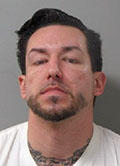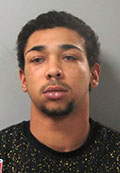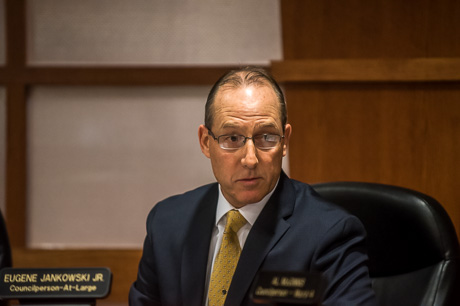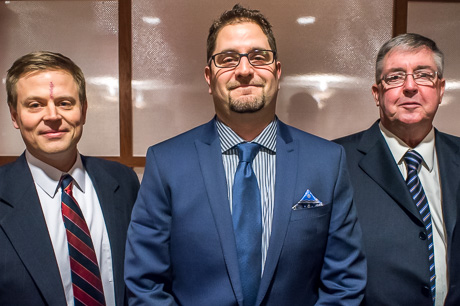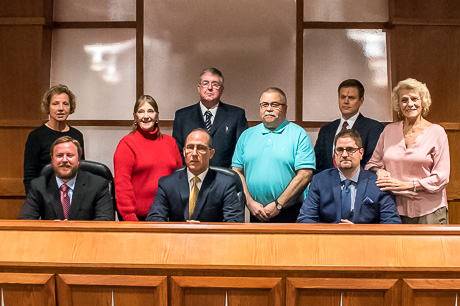Care & Crisis Helpline celebrates its first year
Press release:
BATAVIA – Mary’s drug addiction has cost her everything: her family, her friends, her job and, she fears, her life. She has been in and out of therapy, support groups and abstinence from cocaine. Feeling frustrated and very much alone with no options left, Mary called the Care & Crisis Helpline.
She talked about her dilemma of not being able to stay clean while her addiction was killing her. A trained Helpline listener quietly took it all in and offered the support and referrals that Mary needed.
This is no fictional tale. Mary’s call was one of more than 7,300 that the Helpline received since it began a year ago. As of midnight Jan. 1, the service has fielded calls from depressed, lonely, distressed, frustrated or otherwise unhappy people with a desperate need to talk about their troubles. And for the last year someone has been on the other end of the line 24 hours a day.
“We have continuously updated our knowledge about what’s going on in Genesee County to be able to help people no matter what their concern is,” Helpline Manager Holly Baxter said. “From autism and heroin use to cancer, family issues and broken relationships, Helpline staff really is here for anyone with any type of crisis.”
According to Baxter, there are many stories that are all too real for those struggling through the myriad of ills that plague society. Without the patient support of a trained listener, those people could have ended up in worse shape, or dead. There was the caller who was upset because he broke his sobriety on Christmas after a 14-month abstinence. After doing so well he decided to stop going to support group meetings and counseling. The listener talked about the importance of staying with treatment and encouraged him to call whenever he felt like drinking.
Another caller was still arguing with her husband while she was on the phone. She was upset that he stayed too long at a friend’s house while she was home sick with their kids. The listener calmed the caller down to the point where she felt she could resume her discussion with her husband. Another caller had completely different family issues. She has suffered from low self-esteem and depression ever since her father abused her as a child. Her parents are divorced and her dad, who lives out of state, has wanted her to visit. She talked over options with the listener to identify what is best for her life.
The stories are many and varied. The issues are real. And Helpline staff has been in place now every day, even on Thanksgiving, Christmas and New Year’s. The Care & Crisis Helpline supplements coverage for other local agencies including Genesee County Mental Health after-hours calls, Stop DWI, Genesee County’s Medicaid Fraud Line and YWCA’s Domestic Violence Crisis & Prevention Services program.
The Helpline took 7,353 calls last year, including 3,929 for Genesee County Mental Health crisis, 382 that were suicide related, 466 domestic violence crisis calls and 1,555 for crisis information and referrals. Those numbers reflect the instances that someone in need received the support he or she was seeking.
Contracts are still available to agencies, organizations and businesses, Baxter said.
“To serve as a safety net for people in crisis in Genesee County and the surrounding area,” she said. “We have a fully trained staff, a toll-free number and access to more than 220 dialects and languages. The Helpline ensures that you have somebody available 24/7.”
For more information, call (585) 344-4400 or (844) 345-4400, or go to ywcagenesee.org for a live Chat option.















